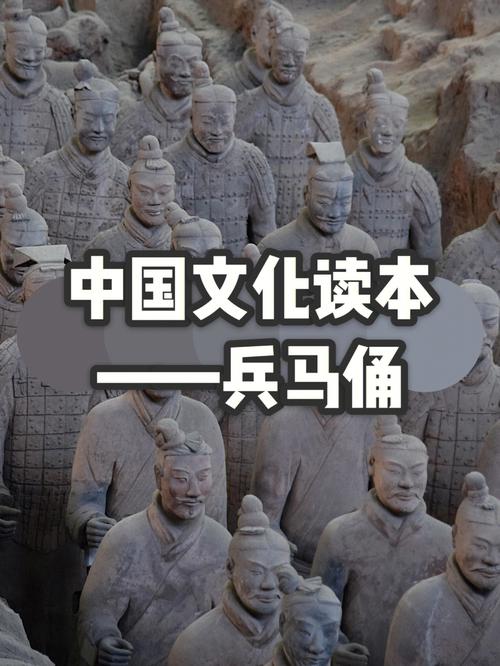
Why Is Terracotta Art Important?
From the magnificent Terracotta Army in China to the beautiful figurines found from the ruins of ancient Rome, terracotta art has played an essential role in the development of art through the ages. Its superior durability, vibrant colours, and easy-to-mould nature make it a popular choice for sculptors and architects.
Durability
Terracotta, meaning "baked earth" in Italian, is a type of ceramic clay made by firing clay at high temperatures. This process makes the clay extremely hard and durable, able to withstand the test of time. Unlike other art mediums, such as wood or metal, terracotta is resistant to rot, insects, and fire. This durability explains why many terracotta artifacts have survived for thousands of years, offering invaluable insights into the lives and cultures of past civilizations.
Versatility
Terracotta’s versatility makes it an ideal medium for artists. The malleable clay can be molded into endless forms and sizes, from delicate figurines to life-size sculptures and intricate architectural details. Its porous surface readily accepts various pigments and glazes, allowing for a wide range of colours and finishes.
Accessibility
Another key factor contributing to the importance of terracotta art is its accessibility. Clay, the raw material for terracotta, is found abundantly in many parts of the world. This easy availability made it possible for people from various socioeconomic backgrounds to practice and refine the art form. As a result, terracotta art has a rich and diverse history, reflecting the creativity and craftsmanship of countless cultures worldwide.
Cultural Significance
Terracotta art often holds deep cultural and religious significance. In many ancient cultures, terracotta figurines were used in religious ceremonies, burial rituals, and as offerings to deities. They depicted gods, goddesses, animals, and scenes from everyday life, serving as visual representations of beliefs and traditions.
Historical Insights
The study of terracotta art offers invaluable insights into the history, culture, and artistic practices of past civilizations. The style, technique, and subject matter of terracotta artifacts reveal valuable information about the beliefs, values, and artistic sensibilities of the people who created them. They provide a tangible link to the past, allowing us to appreciate the creativity and ingenuity of those who came before us.
Contemporary Relevance
Terracotta art continues to thrive in contemporary art, with artists exploring its versatility and expressive potential in new and innovative ways. Today, terracotta is used in various art forms, from traditional pottery and sculpture to contemporary installations and mixed-media pieces.
Q&A
Q: What makes terracotta so durable?
A: Terracotta's durability stems from its manufacturing process. Clay, the primary component of terracotta, undergoes high-temperature firing, transforming it into a remarkably hard and resilient material. This process renders it resistant to various elements such as rot, insects, and fire, contributing to its exceptional longevity.
Q: How does terracotta art reflect cultural beliefs?
A: Terracotta art serves as a window into the cultural beliefs and practices of civilizations. The subject matter depicted in terracotta artifacts often reflects religious beliefs, social customs, and mythology. For example, the Terracotta Army of China reflects the importance placed on the afterlife in ancient Chinese culture.
Q: Is terracotta still used in contemporary art?
A: Yes, terracotta continues to be relevant in contemporary art. Many contemporary artists embrace terracotta for its versatility and unique aesthetic qualities. They push the boundaries of traditional terracotta art, exploring new forms, techniques, and concepts.